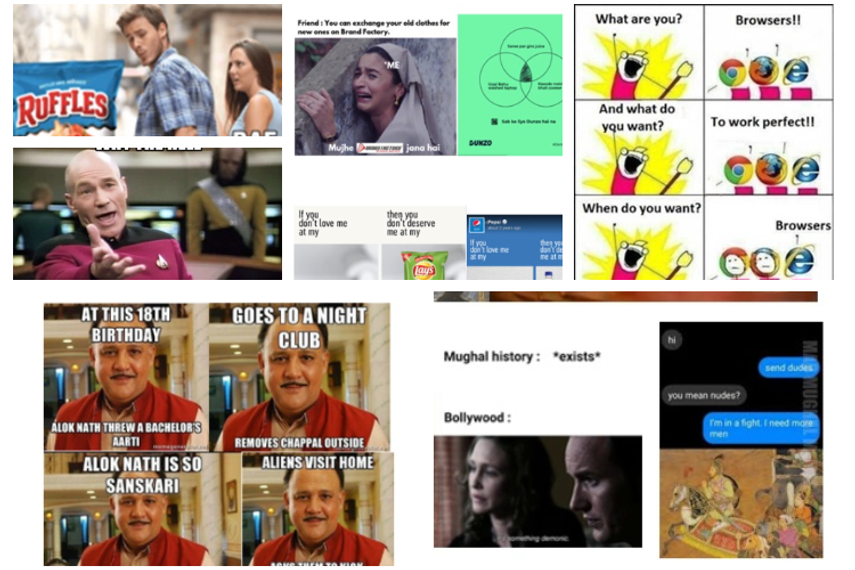
Please sign in or register
Existing users sign in here
Having trouble signing in?
Contact Customer Support at
[email protected]
or call+91 22 69489600
The author states that while they still get used as comic devices, they have also become a communication tool that spreads ideas, opinions and information.

Contact Customer Support at
[email protected]
or call+91 22 69489600
Top news, insights and analysis every weekday
Sign up for Campaign Bulletins
Japanese agency group is 'too big' to buy outright, Havas said.
Family Stays highlights comprehensive care as the organization aims to double the number of families served by 2030.
The CEO also discussed the fight for top talent and how Omnicom’s impending acquisition of IPG has 'already' changed the new-business market.
By region, APAC and Africa saw the strongest year-on-year growth at 8.2% for Q3 – returning to positive growth after a negative Q2.